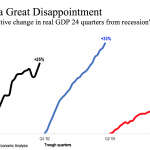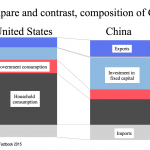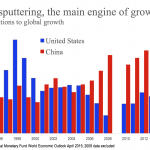
Good on us that the U.S. economy grew at an annual rate estimated at 3.7% in the April-May-June quarter rather than the 2.2% rate announced as the first estimate a month ago. But don’t get too excited. State and local government spending accounted for a higher-than-average share of the growth [continue reading . . . ]


